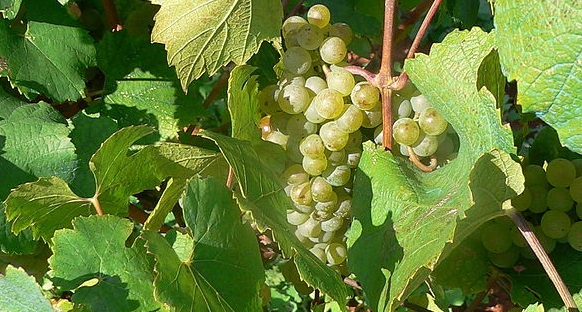World Famous Grapes
Malvasia

Malvasia is predominantly found on volcanic islands (Sicily, Canary, Greece).
About Malvasia
The Malvasia name is used for dry white wines, semi dry white wines, dessert wines, red wines, and fortified wines, using the same grape.
The Malvasia grape is also used in blends, such as in Italian Vin Santo.
On the island of Madeira, the names Malvasia and Malmsey have been used interchangeably for sweet Malvasia wines; however, "Malmsey" is now used exclusively for a sweet Madeira wine made from the Malvasia grape.
Malvasia wines are produced in Italy, Spain, Portugal, Greece, Croatia, Slovenia, Australia and USA.
Malvasia Istriana (Italy)
In Friuli-Venezia Giulia, Dry Malvasia is also known as Malvasia Istriana.
The name comes from the Istria peninsula (parts of Italy, Slovenia, and Croatia).
DOC regions are Collio DOC and Isonzo DOC. In the Colli Piacentini region of Emilia it is also used to make the sparkling wine locally named Champagnino ("little champagne").
Malvasia Secco (Italy)
In Sardinia, Dry Malvasia is best known as Malvasia Secco.
DOC regions are Malvasia di Bosa di Sardegna, Malvasia di Cagliari.
Sweet Malvasia
The Malvasia delle Lipari variety from the volcanic Aeolian Islands of Sicily is a sweet (150 g/l sugar) wine known for its distinctive orange notes.
In Toscana, Malvasia is used to produce Vin Santo.
Sweet Malvasia from Sardinia is known as Malvasia di Bosa and Malvasia di Planargia.
Sweet Malvasia from Lazio is called Malvasia di Grottaferratao.
Red Malvasia
Malvasia Nera is a red wine variety primarily used as a blending grape, because of the color and aromas it can add to a wine (black plum, rich chocolate, and floral aromas). In Puglia it is blended with Negroamaro. In Toscana it can be a blending grape in Chianti.